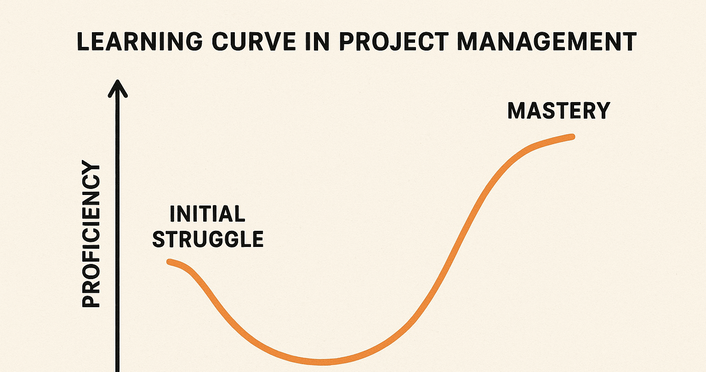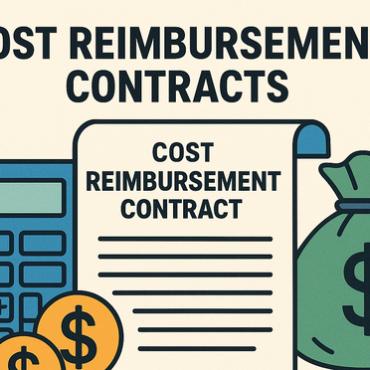Learning Curve in Project Management

What is a Learning Curve in Project Management?
A learning curve in project management is depiction in graphics of tasks that are repetitive that when conducted on continuous basis results in activity period reduction, costs as well as resources reduction. A learning curve engagement in project development results in efficiency as success (Mislick, & Nussbaum, 2015). Learning curves are additionally recognized as industrial progress, experience and development curves. They are developed from prior project knowledge this helps in completion of projects in increased speed. Learning curve in project management can be utilized in processing an activity which involves repeating the processes in the quest of securing improvement in the operations. Learning curves are utilized in estimation for time reduction in performing a given task. Writers who offer accounting homework help at Edudorm essay writing service notes that learning curve theory’s application can assist in developing the cost of the entire project significantly. In most cases this can result in a rise in revenue as well as fresh business outlets. As the ratio of improvement increases the labor period and the cost is decreased. Learning curve in project management is utilized as an estimation of task period reduction (Mislick, & Nussbaum, 2015).
Theory of Learning Curve in Project Management
In regard to project management, the theory of learning curve serves a major role. Project management is described as the process of planning controlling and administering a group of tasks. Learning curve theory can be described as the general association amid the period of each unit production and the cumulative unit’s number produced. Experts who offer financial accounting assignment help at Edudorm essay writing service indicates that a project is special venture which utilizes standard processes that are continuous and repetitive in general nature. A learning curve in project management is can be utilized in estimation of cost, the production period and materials estimation. Besides these estimations applications it can be additionally be utilized in labor requirements, schedule analysis and productivity research projection (Mislick, & Nussbaum, 2015).
How to Utilize the Learning Curve in Project Management
A manager can utilize the learning curve in project management impact into the general estimation of longer period since shorter period are not highly influenced by the principles of learning curves (Iñiguez, 2011). This can thus be applied in developing a fresh project. As a manager I would utilize the learning effect when hiring project consultants in order to develop the processes. Authors who offer accounting assignment help at Edudorm essay writing service points that this is because the consultants have better experience and expertise which will ensure that it will use less time, cost effective and better.
Predicting the General Cost and Period of a Project
As a project manager I would utilize the learning curve in project management principles in predicting the general cost and period of a project. This can therefore be achieved through the development of cost and time difference in regard to how many times the project can be completed. This therefore means that the project is necessitated to take fewer times as the repetition continuous due to the gained improvement, knowledge as well as experience (Dutta, 2004). Tutors who offer business accounting assignment help at Edudorm essay writing service acknowledges that the general principles of project management can be utilized to estimate the required time period. Through the principles I can therefore ensure that the second performance of the project will utilize 25th less time as compared to the first.
Twentieth Iteration and Fortieth Iteration Cost
Rate of learning curve= (0.7) log/ log (02) = – 0.515
Period to complete the 20th iteration= 200,000 * (-0.515) ^ 20) = 42756 working hours
Period to complete 40th iteration = 200,000 * * (-0.515) ^ 40) = 29920 working hours
20th iteration completion cost= 42756 * 60$= 2,565,360 Dollars
40th iteration completion cost= 29920 * 60$= 1,795,200 Dollars
Based on the scenario it is clear that as the iteration time increases the working hours decrease. This therefore illustrates the fact that as the tasks becomes more repeated the working expenses decreases. Mentors who offer cost accounting assignment help at Edudorm essay writing service recognizes that when the tasks are repeated the number of workers required to complete the project decrease thus leading to fewer resources, reduced cost as well as time. The learning curve in project management is therefore crucial in provision of estimation in regard to time and cost simultaneously.
References
Dutta, M. (2004). Cost accounting: Principles and practice. New Delhi: Pearson.
Iñiguez, O., S. (2011). The learning curve: How business schools are re-inventing education. Houndmills, Basingstoke, Hampshire: Palgrave Macmillan.
Mislick, G. K., & Nussbaum, D. A. (2015). Cost estimation: Methods and tools.


